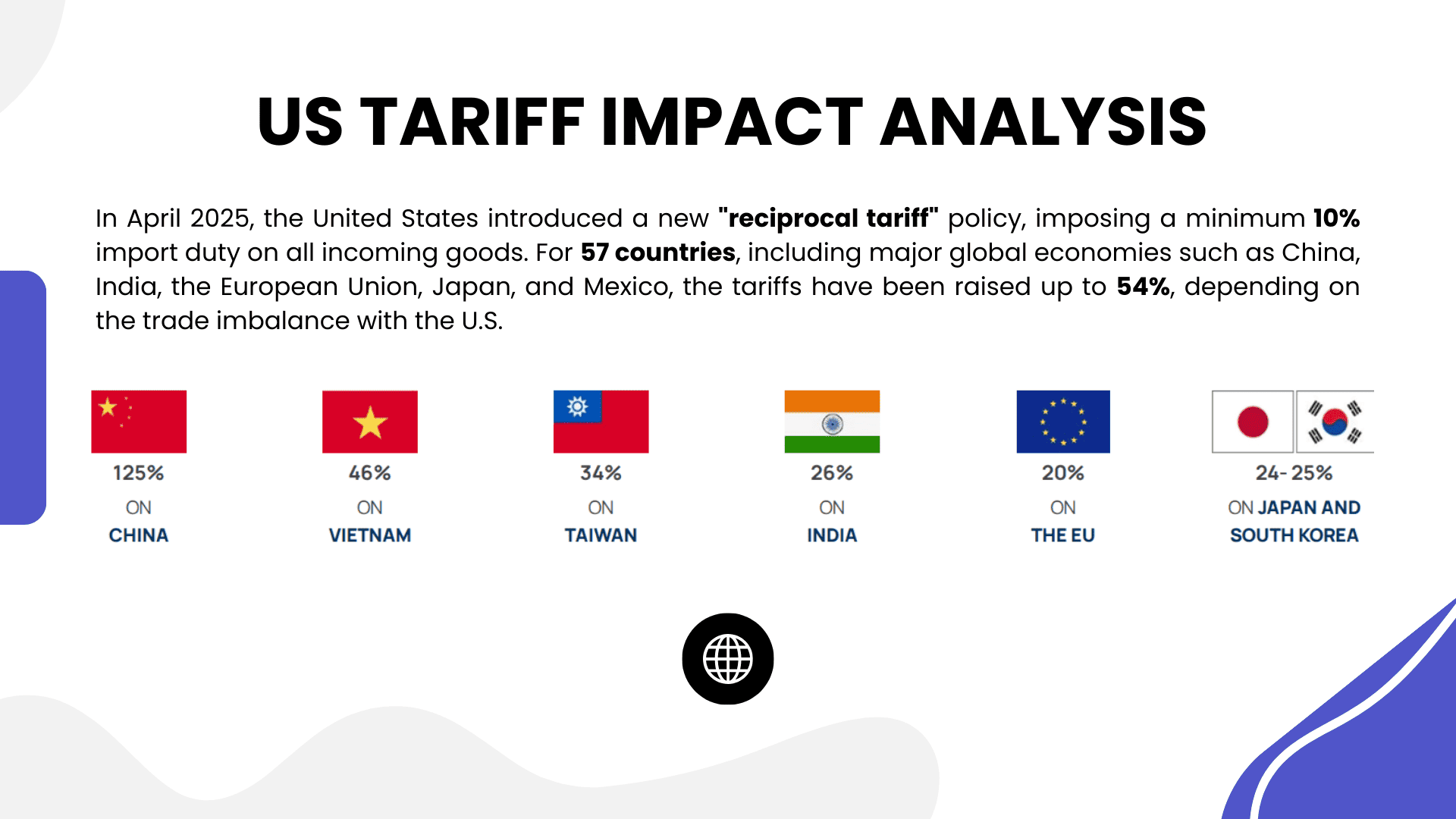Table of Contents
The global private aircraft market is experiencing significant growth, projected to expand from USD 26.6 billion in 2024 to USD 80.8 billion by 2034, reflecting a robust CAGR of 6.7% during the forecast period. This surge is driven by increasing demand for personalized air travel and time-saving mobility solutions.
In 2024, business airplanes accounted for over 34% of the market share, highlighting their continued popularity among executives and entrepreneurs. Light aircraft led the market with a dominant 40 %+ share, attributed to their affordability, operational flexibility, and ease of ownership.
The corporate segment secured over 38% of the market, indicating a growing investment by businesses in private aviation for enhanced convenience and efficiency.

US Tariff Impact on the Private Aircraft Market
Recent U.S. tariffs have introduced complexities into the private aircraft market, particularly affecting the cost structure and supply chain dynamics. The imposition of a 25% tariff on imported steel and aluminum, effective March 12, 2025, has increased production costs for aircraft manufacturers, as these materials are critical components in aircraft construction.
➤➤➤ Discover how our research uncovers business opportunities @ https://market.us/report/private-aircraft-market/free-sample/
Additionally, tariffs on aircraft components and electronics, which can constitute 20–30% of an aircraft’s cost, have further escalated expenses. These increased costs are often passed on to consumers, potentially dampening demand in the private aviation sector. Moreover, the uncertainty surrounding trade policies has led to deferred investment decisions and disrupted global supply chains, impacting the timely delivery and maintenance of private aircraft.

Economic Impact
- Increased Production Costs: Tariffs on essential materials have raised manufacturing expenses, leading to higher aircraft prices.
- Inflationary Pressures: Elevated costs contribute to overall inflation, affecting consumer purchasing power.
- Investment Hesitation: Uncertainty in trade policies may deter investments in the private aviation sector.
Geographical Impact
- North America: As a major market, it faces significant cost increases due to tariffs on imported components.
- Europe: Manufacturers may seek alternative markets or adjust supply chains to mitigate tariff impacts.
- Asia-Pacific: Potential growth as companies look to diversify manufacturing and reduce reliance on tariff-affected regions.
Business Impact
- Supply Chain Disruptions: Tariffs have led to delays and increased costs in the procurement of aircraft parts.
- Operational Challenges: Higher costs may result in reduced profit margins and operational efficiency.
- Strategic Reassessment: Companies may need to reevaluate sourcing and manufacturing strategies to navigate the new trade landscape.
Key Takeaways
- U.S. tariffs have increased production costs in the private aircraft market.
- Trade policy uncertainties are causing investment delays and supply chain disruptions.
- Manufacturers and operators must adapt strategies to mitigate tariff impacts.
Analyst Viewpoint
Despite the challenges posed by recent tariffs, the private aircraft market is poised for continued growth. The increasing demand for personalized and efficient air travel solutions remains a strong driver.
Manufacturers are expected to adapt by diversifying supply chains and exploring alternative materials to mitigate cost increases. In the long term, technological advancements and a focus on operational efficiency will likely offset the negative impacts of tariffs, ensuring sustained growth in the sector.
Regional Analysis
North America remains the dominant market, driven by a high concentration of corporate clients and a well-established aviation infrastructure. Europe follows, with a strong presence of manufacturers and a growing demand for private aviation services.
The Asia-Pacific region is emerging as a significant market, fueled by increasing wealth and a growing preference for private travel. Latin America and the Middle East & Africa are also showing potential, with investments in aviation infrastructure and rising demand for business jets.
➤➤➤ Discover More Latest Research
Digital Watch Market
Nano SSD Market
Smart Mobility Apps Market
AI Trading Platform Market
Business Opportunities
The evolving market landscape presents several opportunities for stakeholders. Manufacturers can explore alternative materials and technologies to reduce dependency on tariff-affected imports. Service providers can expand maintenance and support services in emerging markets.
Additionally, there’s potential in developing cost-effective, fuel-efficient aircraft to cater to a broader customer base. Investments in digital platforms for booking and managing private flights can also enhance customer experience and operational efficiency.
Key Segmentation
- By Aircraft Type: Light Aircraft, Mid-Size Jets, Large Jets, Turboprops.
- By Ownership Type: Fractional Ownership, Full Ownership, Charter.
- By End-User: Individuals, Corporations, Government.
- By Application: Business Travel, Leisure Travel, Medical Transport.
- By Region: North America, Europe, Asia-Pacific, Latin America, Middle East & Africa.
Key Player Analysis
The private aircraft market comprises a diverse range of players, including established manufacturers, emerging startups, and service providers. These entities are focusing on innovation, customer-centric services, and expanding their global footprint.
Collaborations and partnerships are common strategies to enhance capabilities and market reach. Companies are also investing in research and development to introduce advanced, fuel-efficient, and environmentally friendly aircraft models to meet evolving customer demands.
Top Key Players in the Market
- The Boeing Company
- Airbus Group Inc.
- Bombardier Inc.
- Gulfstream Aerospace Corporation
- Textron Aviation Inc.
- Embraer Executive Aircraft Inc.
- Dassault Aviation SA
- Honda Aircraft Company LLC
- Pilatus Flugzeugwerke AG
- Daher
- Cirrus Design Corporation
- Piper Aircraft Inc.
- Diamond Aircraft Industries
- Nextant Aerospace LLC
- Volocopter GmbH
- Other Key Players
Recent Developments
Manufacturers are actively seeking to mitigate tariff impacts by exploring alternative sourcing strategies and negotiating with suppliers. There’s a notable shift towards developing aircraft with reduced reliance on imported components. Additionally, companies are investing in digital technologies to enhance customer experience and streamline operations.
Conclusion
The global private aircraft market is set for robust growth, driven by increasing demand for personalized air travel solutions. While recent U.S. tariffs present challenges, the industry’s adaptability and focus on innovation are expected to sustain its upward trajectory. Stakeholders must remain agile, embracing strategic adjustments to navigate the evolving trade landscape and capitalize on emerging opportunities.
Discuss your needs with our analyst
Please share your requirements with more details so our analyst can check if they can solve your problem(s)



